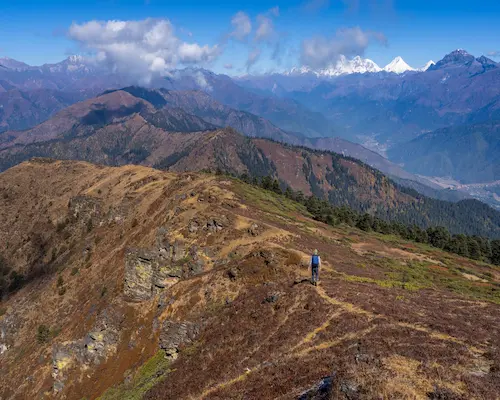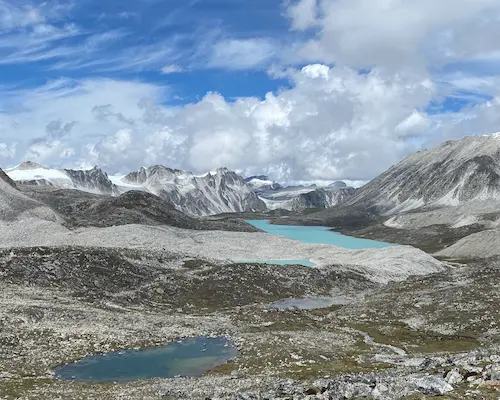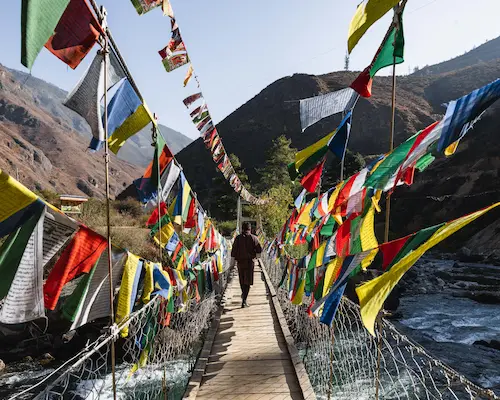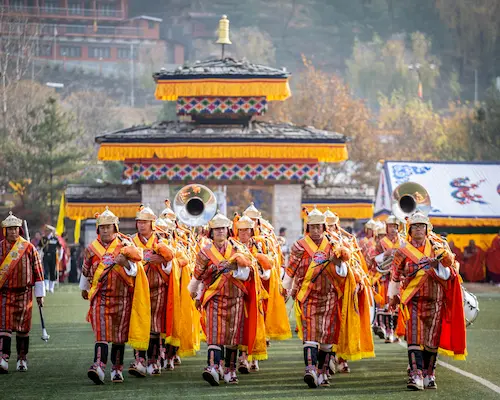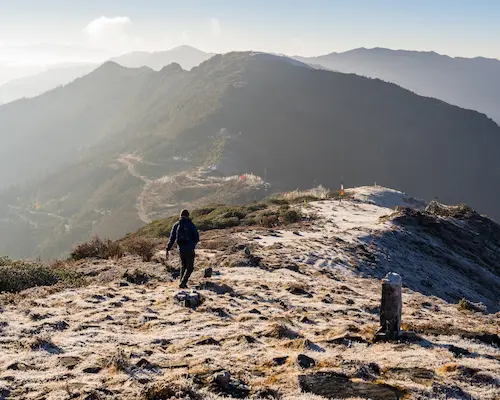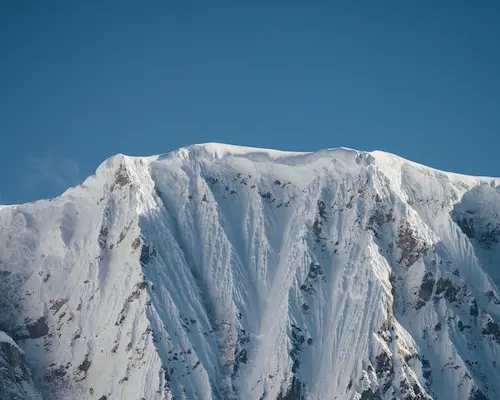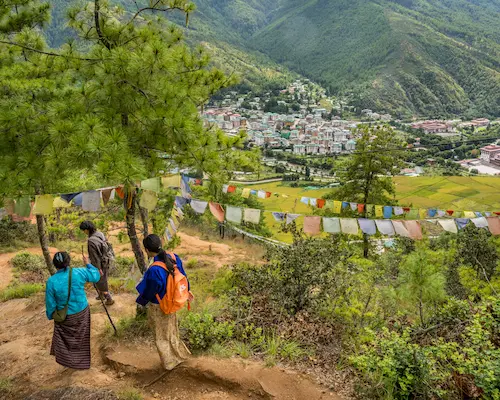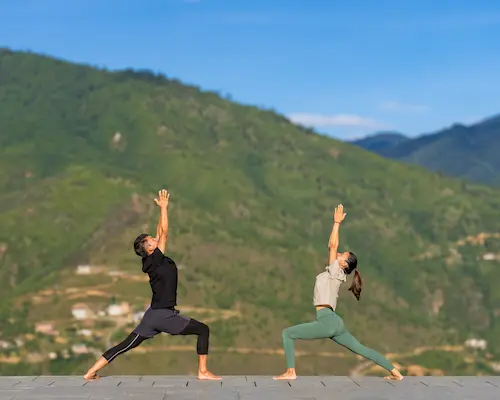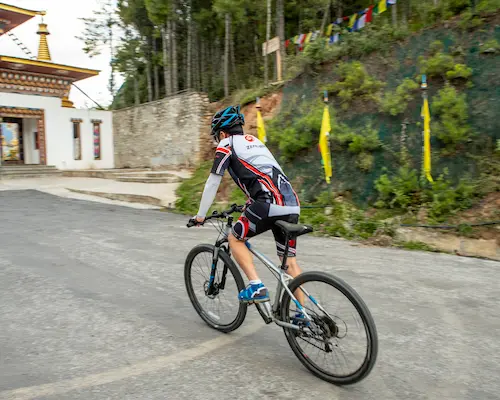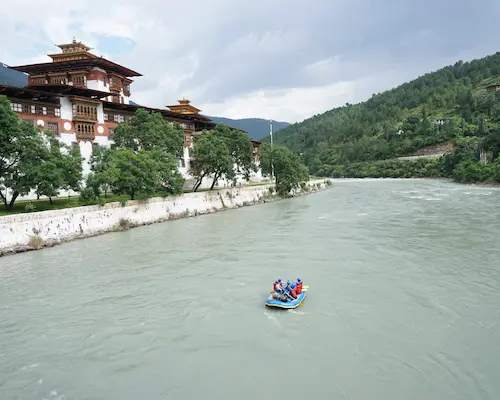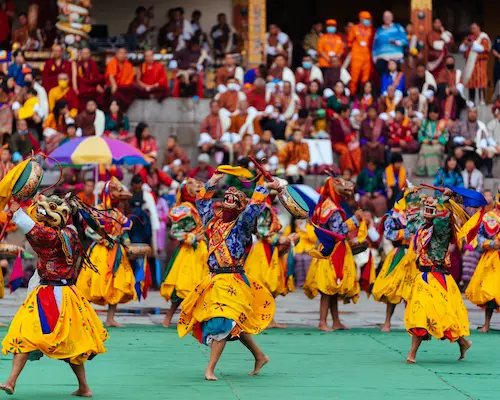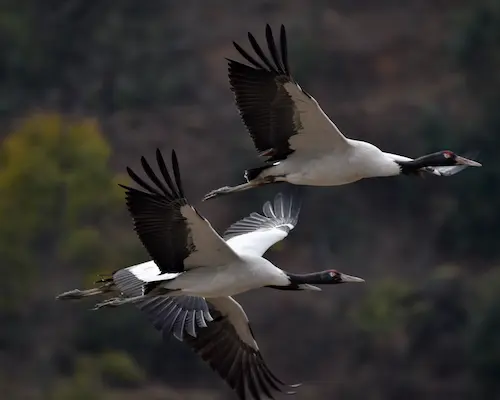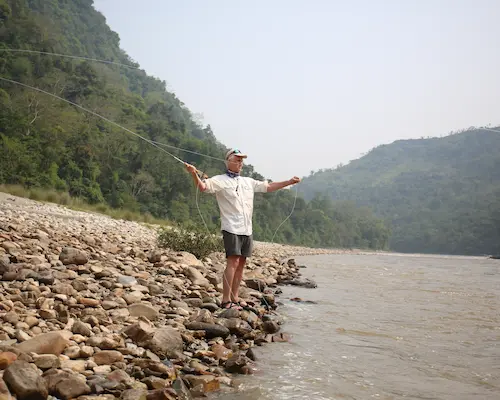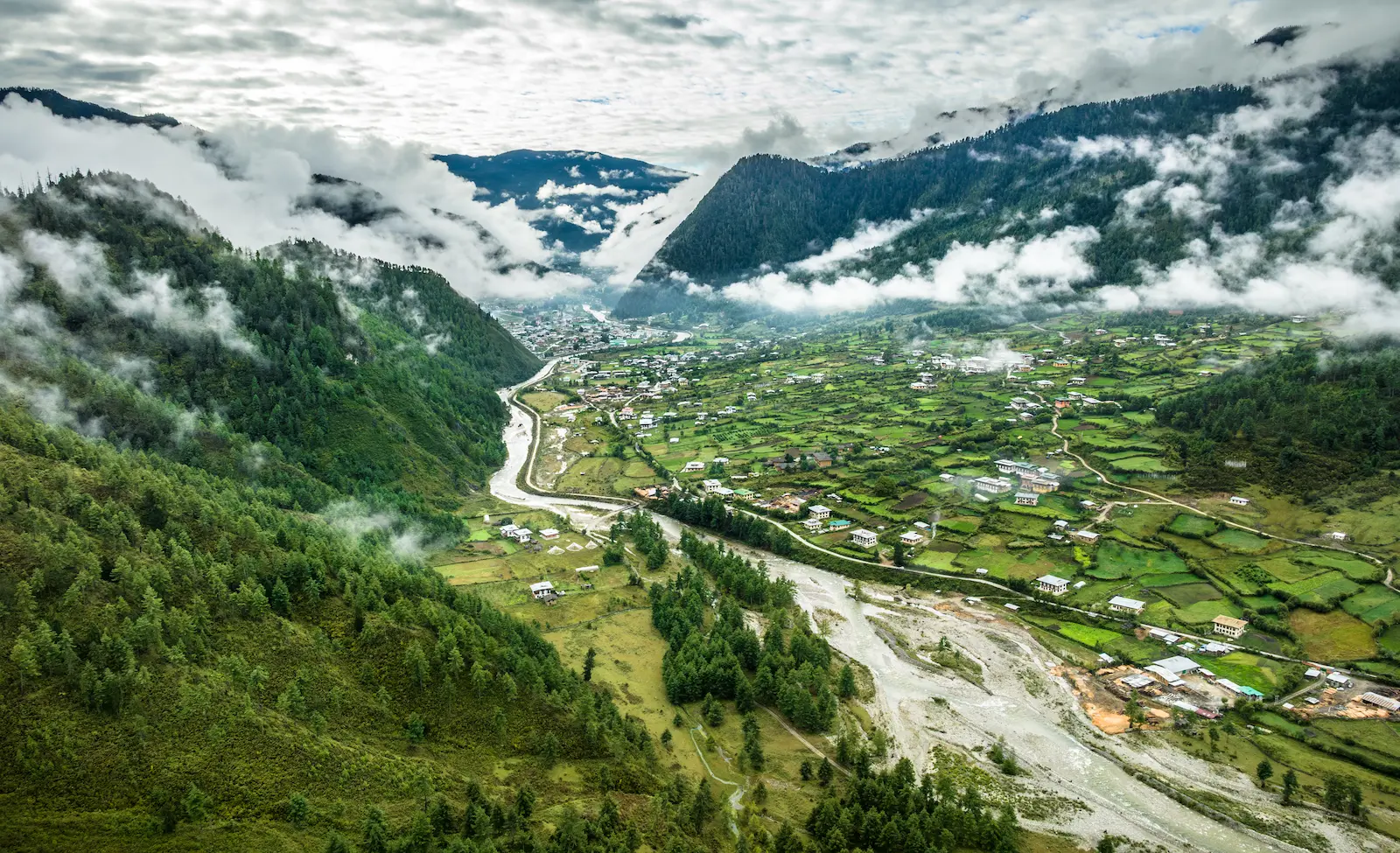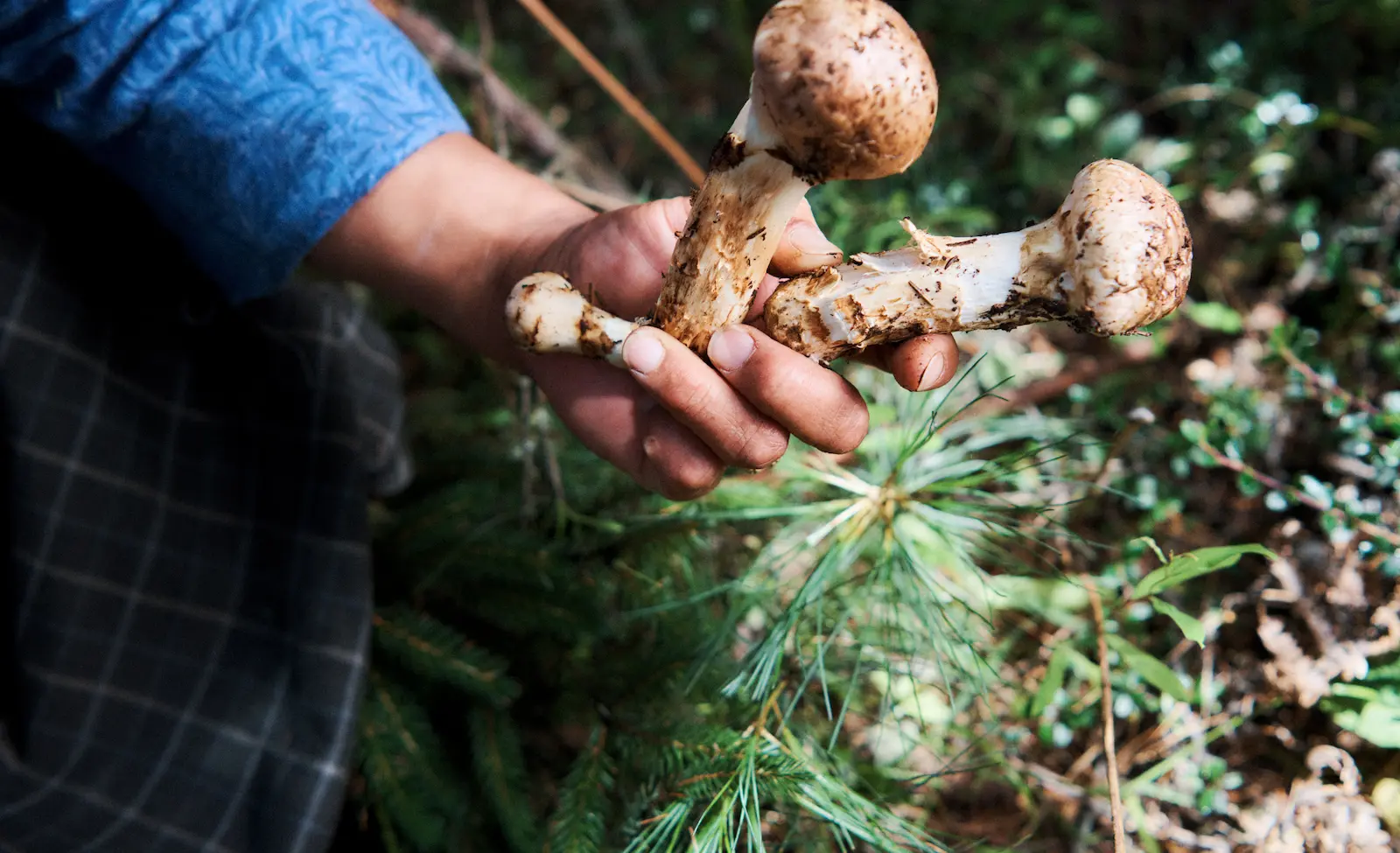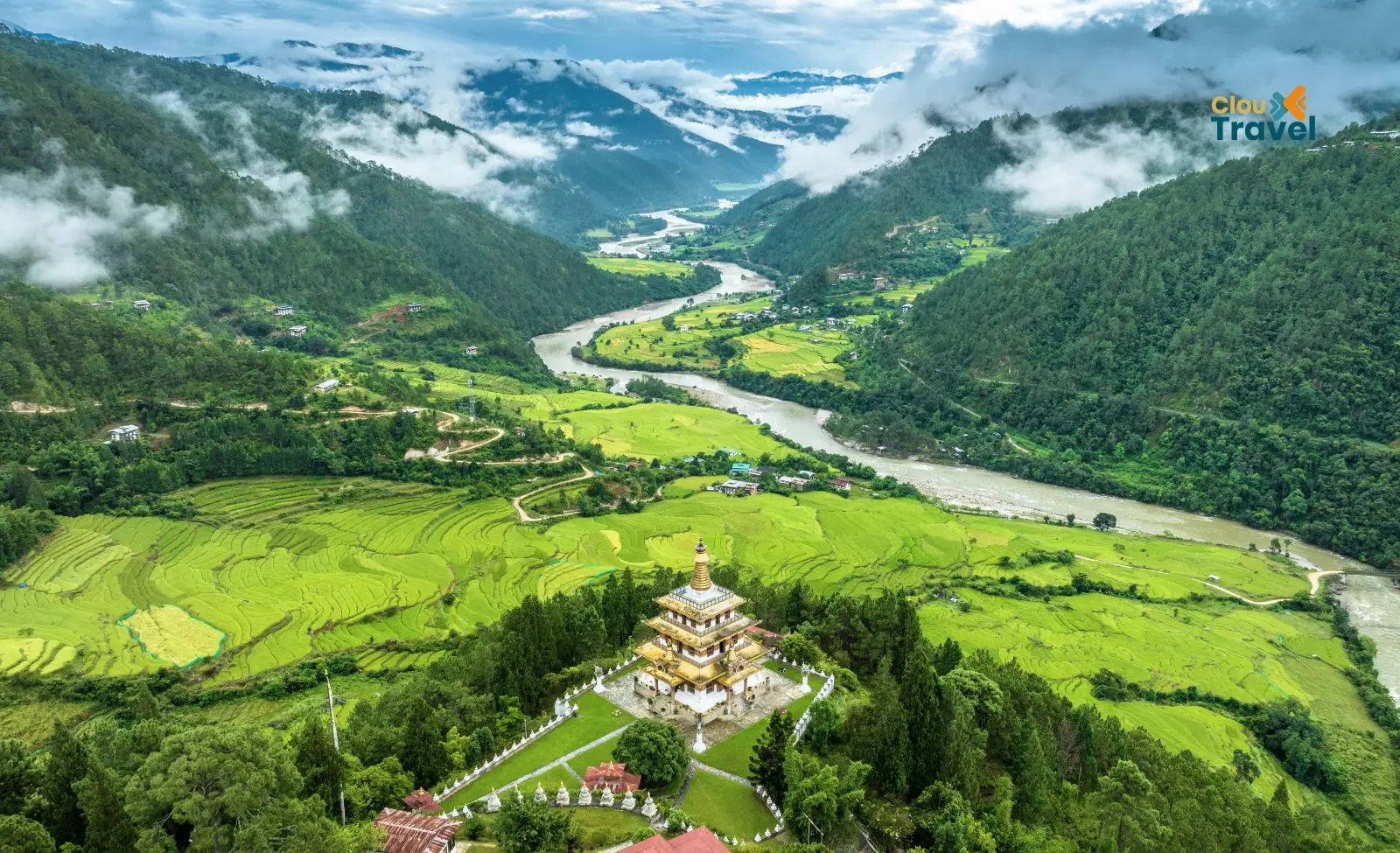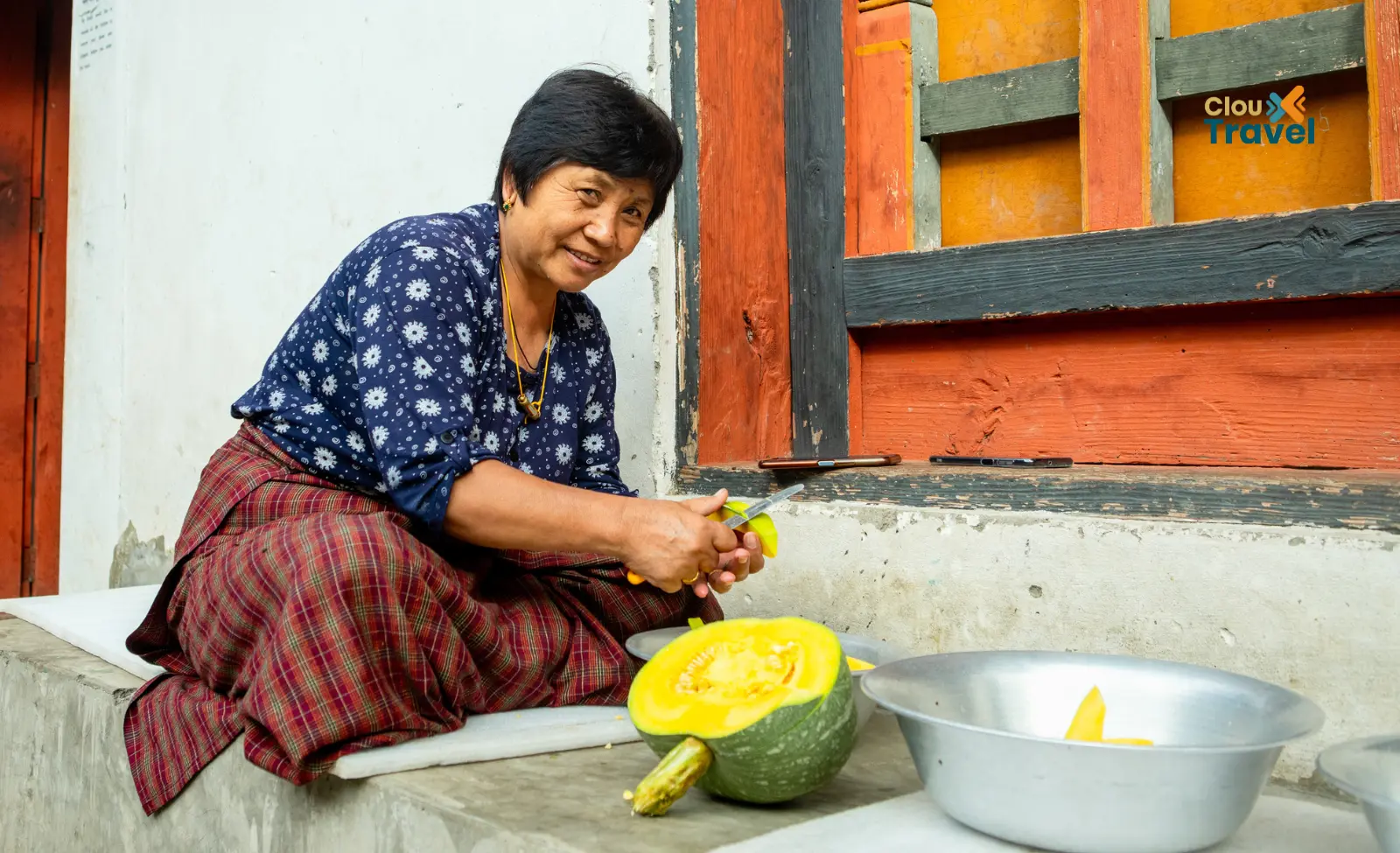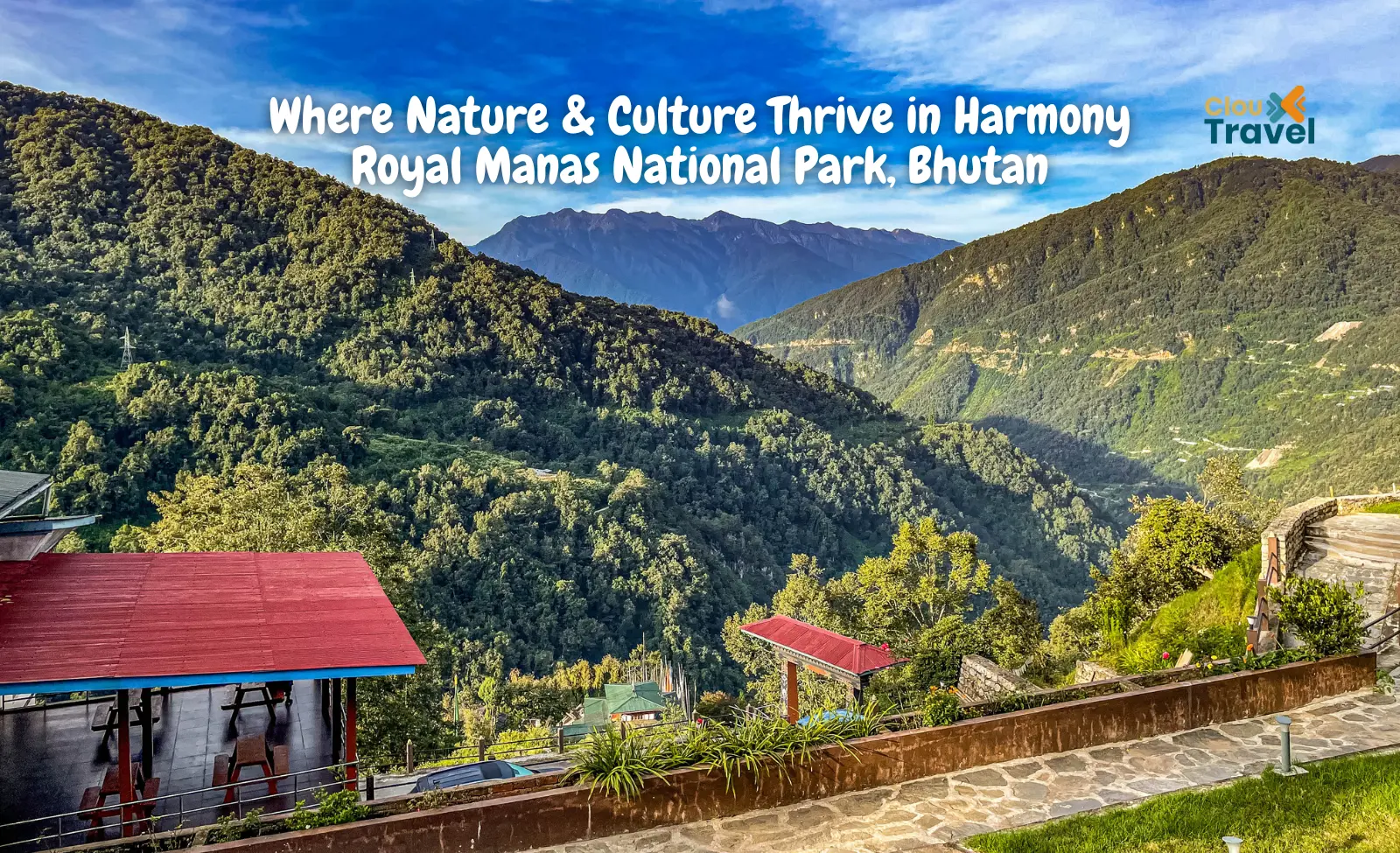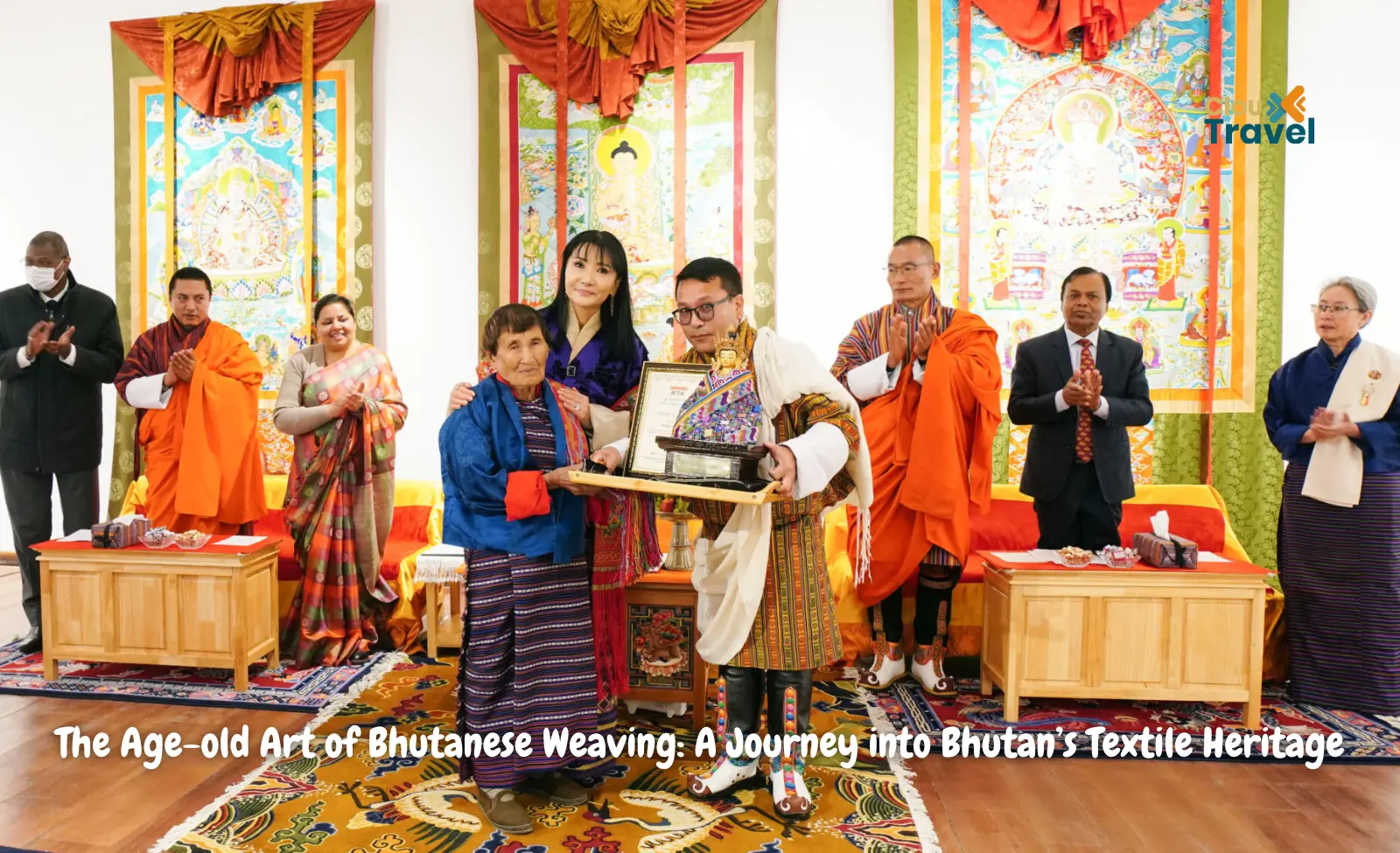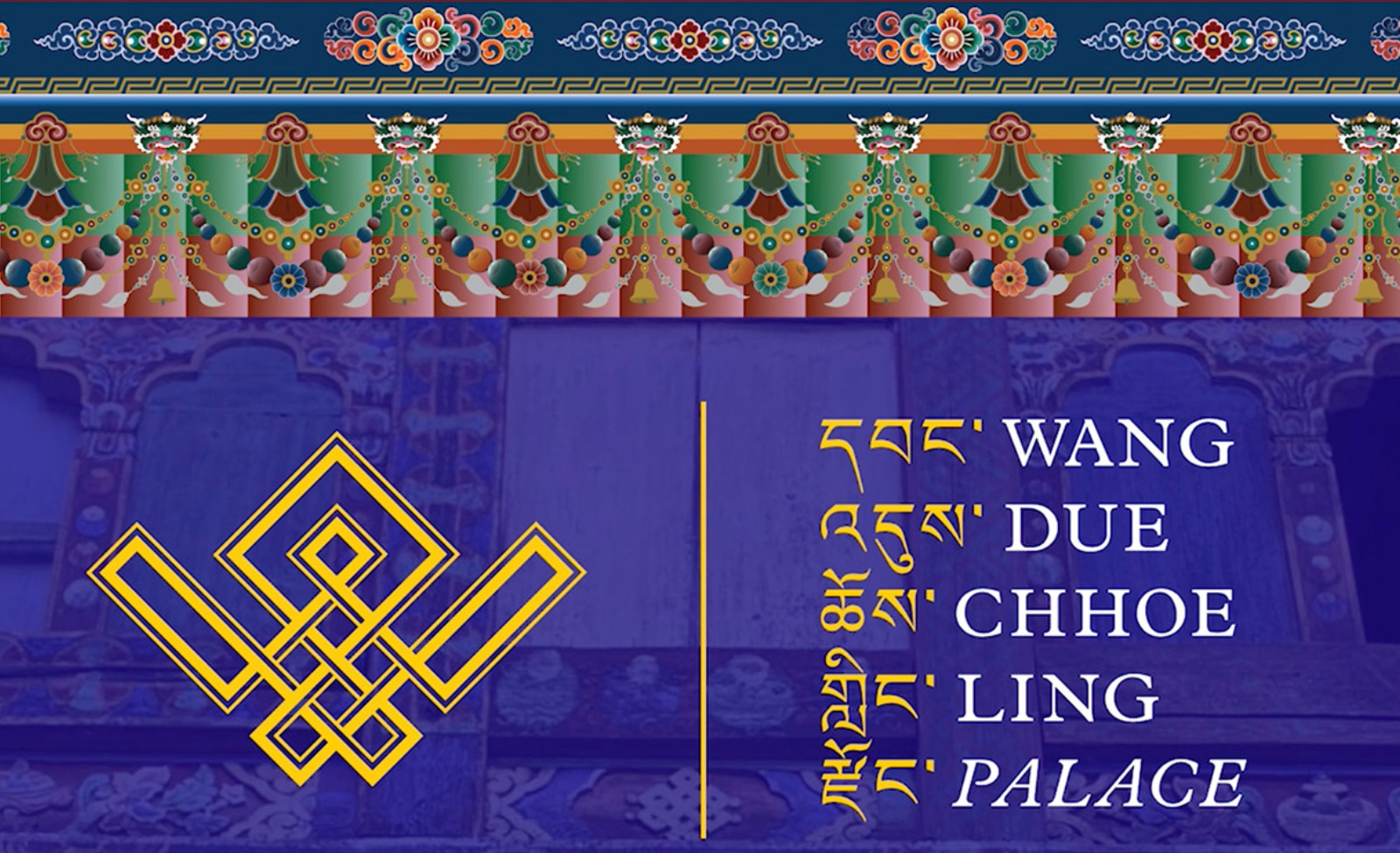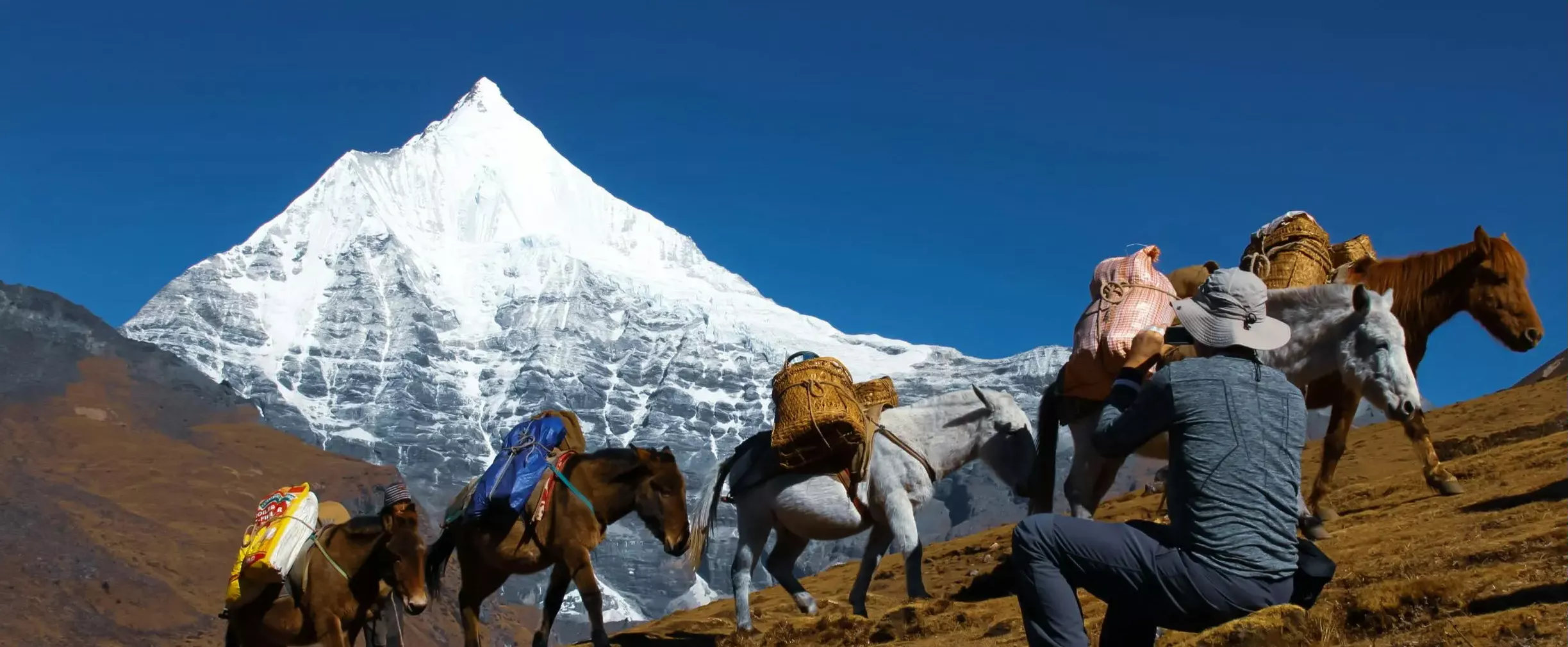Bhutan, a small nation nestled in the Himalayas, has developed a unique culture and identity over time. With a population of around 680,000, Bhutanese people live harmoniously with nature, practicing Mahayana Buddhism in its Tantric form. Known for its untouched culture, pristine ecology, and stunning scenery, Bhutan remains a magical kingdom where the peaceful atmosphere is palpable. Travelers visiting Bhutan often describe it as a warm and welcoming experience, like a "hug" upon arrival.
The people of Bhutan take great pride in their tiny kingdom, which has never been colonised. Bhutan's ancient history, passed down through oral traditions and classical literature, describes a largely self-sufficient population with minimal contact with the outside world until the 20th century. In the 8th century, Guru Rimpoche (Padmasambhava) established several sacred religious sites that are still significant pilgrimage destinations for Buddhists today. Over time, other saints and religious leaders contributed to Bhutan's development, enriching its culture and spiritual heritage.
The Zhabdrung Era
The 17th century marked the most significant period in Bhutanese history, when Zhabdrung Ngawang Namgyal, the founder of the Drukpa school of Mahayana Buddhism, unified the country and established its governance and identity. He introduced a dual system of government led by a religious head (Je Khenpo) and a temporal leader (Desi), which lasted until the 19th century. In 1907, Gongsar Ugyen Wangchuck was elected as Bhutan's first hereditary king, founding the Wangchuck dynasty, which brought political stability and set the foundation for modern Bhutan.
Religion plays a significant role in Bhutanese history and is deeply embedded in the daily lives of the people. Bhutan is a profoundly spiritual country, with monasteries, stupas, prayer flags, and prayer wheels found across the landscape. In both urban and rural areas, religious ceremonies and rituals are observed with deep respect. Bhutan's numerous festivals are celebrated throughout the year, bringing communities together and reflecting the nation's devotion to Mahayana Buddhism. Because of its enduring spirituality, Bhutan is regarded as the last stronghold of Mahayana Buddhism.
A Rich Culture & Nature
Bhutanese culture is deeply rooted in religious teachings, which influence language, literature, arts and crafts, ceremonies, and social values. Bhutan's architectural heritage is a blend of engineering expertise and aesthetic beauty, seen in grand monastic fortresses, traditional homes, and intricate bridges. Music, dance, and handicrafts are integral to national and local festivals, reflecting the cultural vibrancy of the kingdom. Bhutan's unique textile tradition has recently gained international recognition, admired for its distinctive techniques, colors, and weaving styles. Dzongkha is the national language, and although English is used as the official working language, Bhutan emphasises the importance of preserving and using Dzongkha.
Bhutan is often described as a natural paradise. While much of the world faces environmental challenges, Bhutan has remained a model for conservation, with about 70% of its land covered in forests. The kingdom's landscape varies from subtropical foothills in the south to towering peaks that reach over 7,300 meters. Known historically as "Lhojong Menjong," meaning the "Southern Valley of Medicinal Herbs," Bhutan is home to a wide variety of rare plants and wildlife species. Wildflowers bloom in the mountains, showcasing the beauty of each season.
Although Bhutan remained relatively isolated for centuries, rapid development over the past five decades has brought significant change, propelling the country into the modern era. Infrastructure like roads, schools, hospitals, and telecommunications have improved accessibility and quality of life. Despite modernisation, Bhutan has remained committed to balancing development with tradition, with controlled tourism, strong environmental protections, and a deliberate pace of progress. Bhutan's protective mindset has helped preserve its unique national identity, ensuring that economic growth does not compromise its cultural values.
National Symbols of Bhutan
- National Emblem: The national emblem features a double diamond thunderbolt symbolising the balance between religious and secular authority, along with a lotus flower for purity, jewels representing sovereign power, and two dragons symbolising the country's name, "Druk Yul" (Land of the Thunder Dragon).
- National Animal: The Takin, a rare mammal with a thick neck and muscular legs, is Bhutan's national animal, reflecting its connection to local mythology.
- National Language: Dzongkha is the state language, with over 18 dialects spoken across the country.
- National Flower: The Blue Poppy, first discovered in 1933, grows in rocky mountain terrains at high altitudes.
- National Tree: The Cypress symbolises bravery and simplicity, thriving in rugged terrain.
- National Bird: The Raven, Bhutan's national bird, symbolises the protective deity Gonpo Jarog Dongchen.
- National Sport: Archery is the national sport, with competitions held regularly, often combined with festivities like eating, drinking, and celebrating.
- National Day: Celebrated on December 17th, National Day marks the coronation of Bhutan's first hereditary king in 1907.
Getting to Bhutan & Traveling Within
Until the early 1960s, Bhutan was largely isolated, with access limited to foot travel via high mountain passes from Tibet or through the plains of Assam and West Bengal. Today, Bhutan is accessible by air and road.
- Travel by Air: Paro International Airport, surrounded by mountains, is Bhutan's main international gateway. Domestic flights connect Paro to other parts of the country, and international flights operate to destinations like Bangkok, Delhi, Kathmandu, and Singapore.
- Travel by Land: The main entry points by land are Phuentsholing, Gelephu, and Samdrup Jongkhar, which connect Bhutan to India. From these points, travelers can journey into the heart of Bhutan, enjoying scenic drives through mountainous terrain.
Bhutan has a reliable road network connecting major towns and tourist destinations, although travel can be slow due to sharp curves, steep ascents, and descents. For international tourists, local drivers are recommended, as Bhutan's narrow roads can be challenging to navigate.
Bhutan is a unique destination that offers an enchanting blend of natural beauty, cultural richness, and spiritual depth. At Clou Travel, we specialize in creating customized tours to help you explore Bhutan's hidden treasures, from majestic monasteries and vibrant festivals to scenic landscapes and serene valleys. Whether traveling by air or land, we ensure your journey through Bhutan is seamless, immersive, and unforgettable, allowing you to experience the magic of this Himalayan kingdom in a meaningful way.


